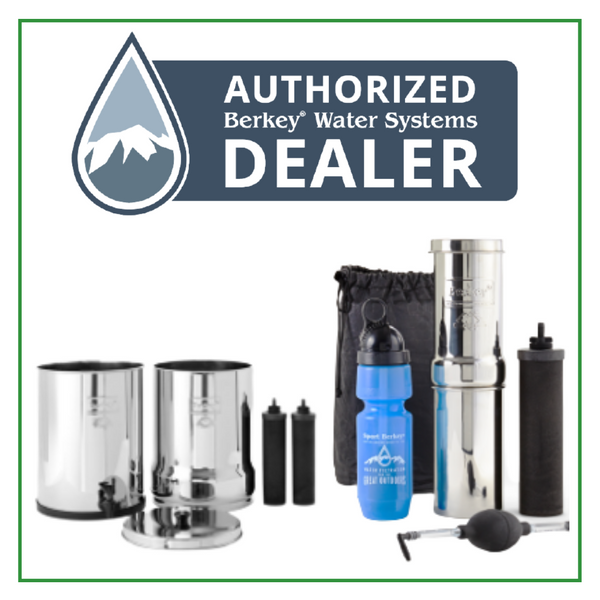Your making it sound like an ion exchange medium can reduce the TDS. I dont know if this is what you were trying to say or not but an ion exchange medium does not change the TDS. It trades the undesirable ion in the water for a different one. If you have calcium and magnesium chloride in your water and you dont want the scale on your appliances you install a water softener and it will exchange the calcium and magnesium ions for sodium or potassium ions. The TDS before and after the softener will remain the same. You will have removed calcium and magnesium but you added sodium or potassium. The net is the same, just different.
An ion exchange system most certainly can reduce TDS. DI systems do it all day long. Softeners exchange problematic ions with non-problematic ions.. This usually means sodium goes in, everything else is pulled out in exchange. But DI systems exchange hydrogen and OH for the solids, and since hydrogen and OH are not part of the TDS in the flow, the solids are reduced. Hydrogen is a gas not a solid.
RO actually filters out ions. It takes out almost everything. My RO system pulls out literally everything and is as pure as distilled as it uses a demineralizing filter.
Not all Reverse Osmosis membranes are equal. They can range from ultrafiltration at the lower end, then into the nanofilter range in the middle, and up into the Osmosis range. As the density increases, so does the cost of manufacturing the filter media. I suspect you will find that unless the filters are certified and regulated, there are probably a lot of ultrafilter and nanofilters being sold as reverse osmosis membranes.
I don't know what you have and I'm not intimately familiar with the consumer osmosis market, but if its like everything else, its probably not as high quality as people think. Nor does it really need to be.
Edit: I just watched the video. Zero is not a "filter" or ion exchange, it is full of demineralization media. It is the same stuff I use as the 6th stage of my RO system. Using it like Zero does is insane. You will exhaust it very quickly.
DI systems are Ion Exchange, but they should never be used as a filter because they will, as you suggest, exhaust their capacity in a big hurry.
Typically, in industrial applications, we use a softener first, then a reverse osmosis system, and then a DI to polish off anything remaining.
Reverse Osmosis water will produce a very clean water, but it will still have enough conductivity to pass electrical current being in the range of around 10 to 20 S/cm.. (and probably more like 30 S/cm for a consumer system?) DI systems can reduce the conductivity to around 0.1 or less.
For drinking water, fish tanks, and clean dishwashers, 30 to 50 S/cm is probably fine.. but if you need to use water as a solvent in an submerged electrodeposition process, then you need something well below 1. This is where DI systems come in.
You cant remove all the junk with out removing all the good stuff too. Ion exchange will not remove fluoride, pharmaceuticals, heavy metals etc. You need RO for that.
Depends on the type of ION exchange being used.
That little filter in the video I posted would be a waste of money unless someone was trying to manufacturer their own IC chips at home or doing some kind of organic plating operation or something. I certainly wouldn't waste my money on a DI system for my home. Heck, even an RO system is a waste of money for a household unless you have something nasty in your well or tap water. If I lived in Flint, Michigan, I would most certainly install a reverse osmosis system... Probably a couple of 4" x 40" cartridges from AppliedMembranes to take care of the whole house.
The range is a lot broader than that. 0 to as high as 500 tastes quite good. Getting higher than that is an acquired taste. You can add the minerals back in manually by buying them in bulk and adding them from a dropper or you can install a remineralization filter.
I get magnesium from these guys:
https://www.greenwaybiotech.com/products/magnesium-chloride-usp and potassium from several different suppliers depending on price. You just mix it in a dropper and add a few squirts depending on what you want the water to taste like. Water is not however a good source of minerals. it supplies a tiny fraction of your daily requirement unless you are fortifying it like above.
We have well water, and with the exception of the alkalinity being slightly high, and the TDS being stupidly high, we do not have any hazardous contaminates. I installed a Fleck 5600 water softener and our water tastes great.




